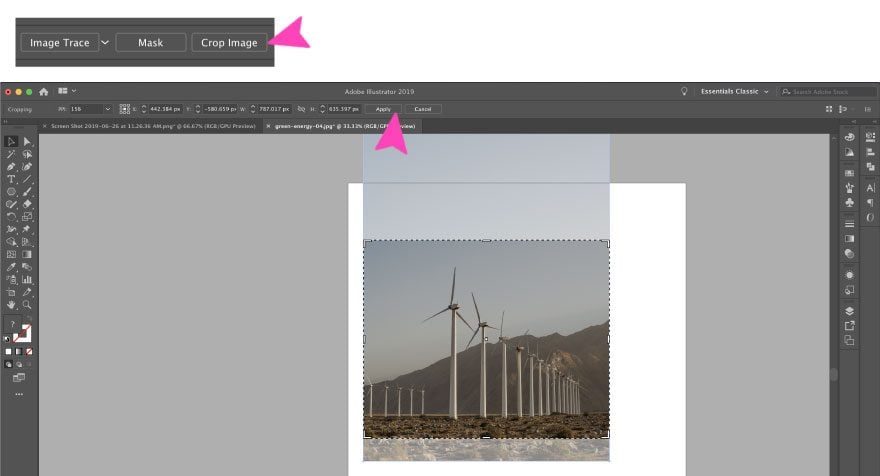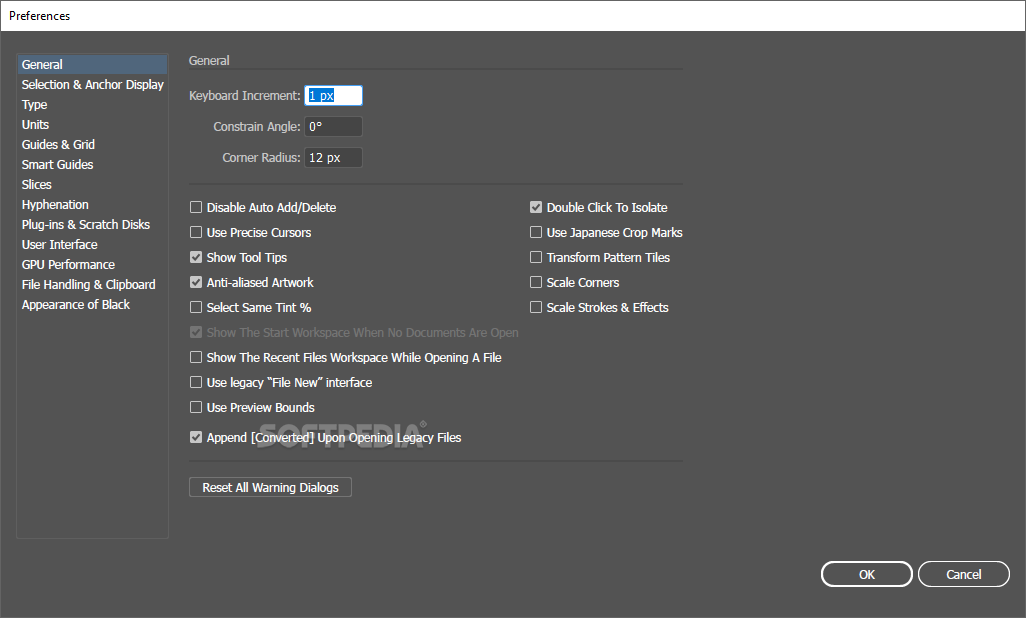


Other crucial things to know about packaging designĭielines - this is essentially the blueprint of your design. Browse Pinterest for simple designs that are imaginative, creative, but also wouldn’t break the back ( cough Arka can help you with some recommendations too).

Everyone thinks they want an Apple iPhone box until they realize how much it actually costs.
#ADOBE ILLUSTRATOR 2015 HOW TO CROP PRO#
Pro tip: Don’t go too crazy with the designs on the first round.
How to provide the best possible unboxing experience - and how the recipient will discover the product. How to best secure the products being shipped to keep them safe. Your packaging provider, such as ourselves, will help you choose the right kind of box to use, keeping a plethora of factors in mind, such as: That includes themes, text, colors, and more. You should already come to the table with a concept that you want to develop for your packaging. You will have to provide the logo and any other images that have to be on the packaging in at least 300 DPI. When working with your packaging provider, to make things as smooth as possible, there are a few things to keep in mind. ai file to submit to your packaging provider. When you've got your file prepared at 300 DPI, simply export as a. To make sure that your design is in 300 DPI in Adobe Illustrator, go to Effects -> Document Raster Effects Settings -> check “High Quality 300 DPI” -> click “OK” -> save your document. Of course, there are plenty of others at your disposal. The most common platforms that are used include Adobe Illustrator and its free, open-source alternative - Inkscape. To ensure that you're producing a print file that meets the 300 DPI threshold, you'll have to be working in a design editing program. So we're on to the next step - how to implement 300 DPI. The knowledge of needing at least 300 DPI in your design isn't enough - you need to make it happen as well. With high quality packaging, including high quality images, it's easier for consumers to justify a higher price point than with a low quality packaging print. Whereas if the product packaging image is sharp, and if done right, the packaging design can become one of your biggest branding mascots, since it is often the first point of contact that your customer has with the product. If the packaging appears unclear and pixelated, it conveys a message of lack of attention to detail, and as a result, a lack of quality. This matters so much because the packaging is a direct representation of your brand, as well as the product inside. You can see that the lower the DPI, the more blurry it becomes. The fewer dots per inch, the less detail you can see in the design itself, and the lower the DPI, the more pixelated and blurred the image can be. The result is that you get a crisp, printed package. 300 DPI is the suggested minimum resolution for a high resolution, qualitative output specifically in print. The higher the DPI, the sharper the image is. Let's start with the basics - what is DPI in the first place? 
More specifically - the design file must be at least 300DPI.ĭPI - what is it, and why is it so important? A lot of thought goes into creating branded packaging - choosing the right kind of printing method, the design itself, and the meticulously considered add-ins.īut the one thing that really sets quality packaging design apart from mediocre alternatives is often overlooked: the quality of the design file itself.








 0 kommentar(er)
0 kommentar(er)
